More than 25 states have legalized raw dairy sales. Iowa recently joined this trend, allowing unpasteurized milk and dairy products.
The legalization includes products like cheese, yogurt, and ice cream. This shift reflects a growing consumer interest in unprocessed foods.
Pasteurization: The Standard Milk Safety Process

Pasteurization involves heating milk to kill harmful pathogens. The process typically heats milk between 145°F and 280°F.
Treatment times range from 0.01 seconds to 30 minutes. Pasteurization became mandatory in U.S. states in the mid-1900s.
Raw Milk Advocates Claim Health Benefits

Proponents argue pasteurization reduces milk’s nutritional value. They claim raw dairy improves allergies and lactose intolerance.
However, experts state these benefits are largely unfounded. Scientific evidence does not support these health claims.
Food Safety Experts Warn of Risks
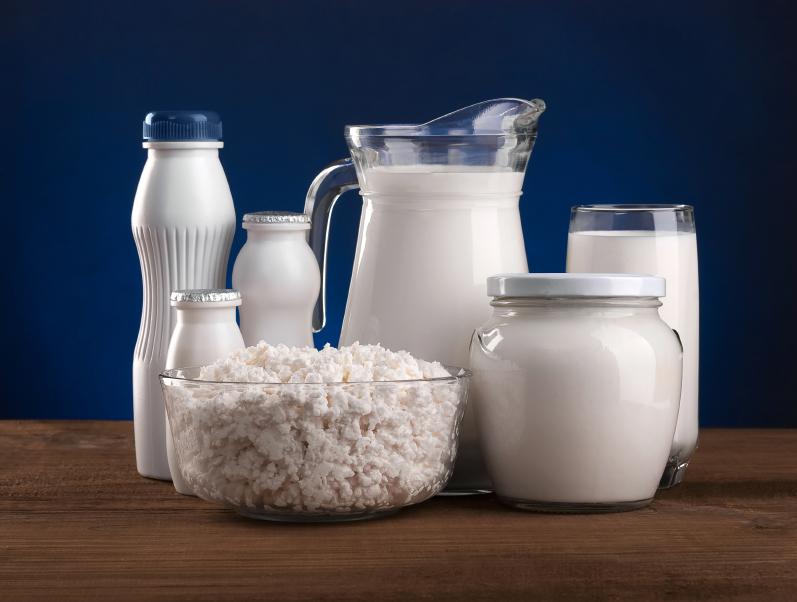
Experts emphasize the dangers of consuming raw milk. Untreated milk can carry pathogens like Listeria and E. coli.
The CDC reports 2,600 illnesses from raw milk between 1998-2018. Over 200 hospitalizations occurred during this period.
Raw Dairy Laws Vary Between States
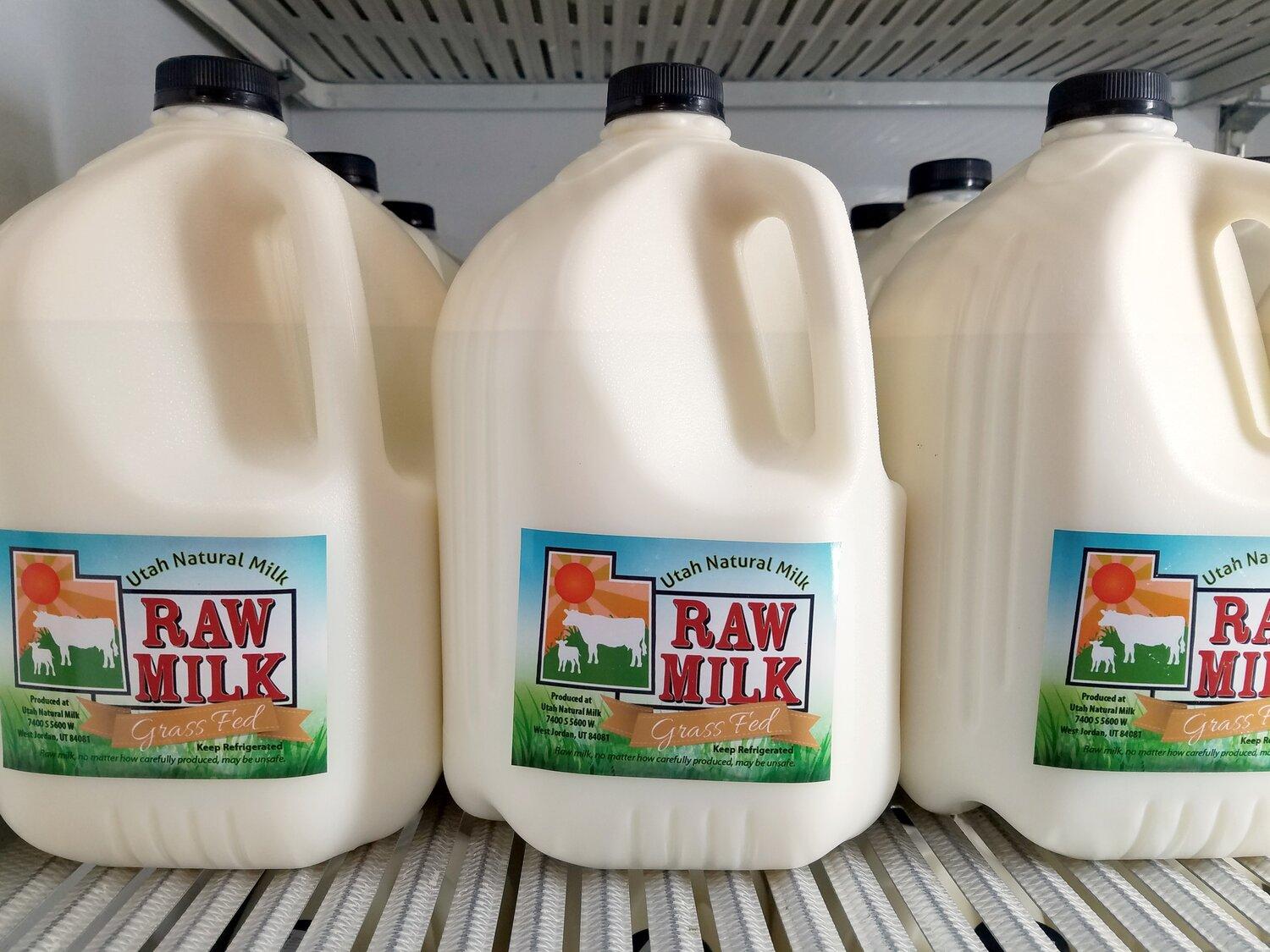
Western U.S. states allow retail sales of raw dairy. Midwest and some eastern states permit direct farm-to-consumer sales.
Herd share programs exist in states like Colorado and Tennessee. Legalization has led to increased outbreaks in permitting states.
Pasteurization’s Historical Impact on Public Health
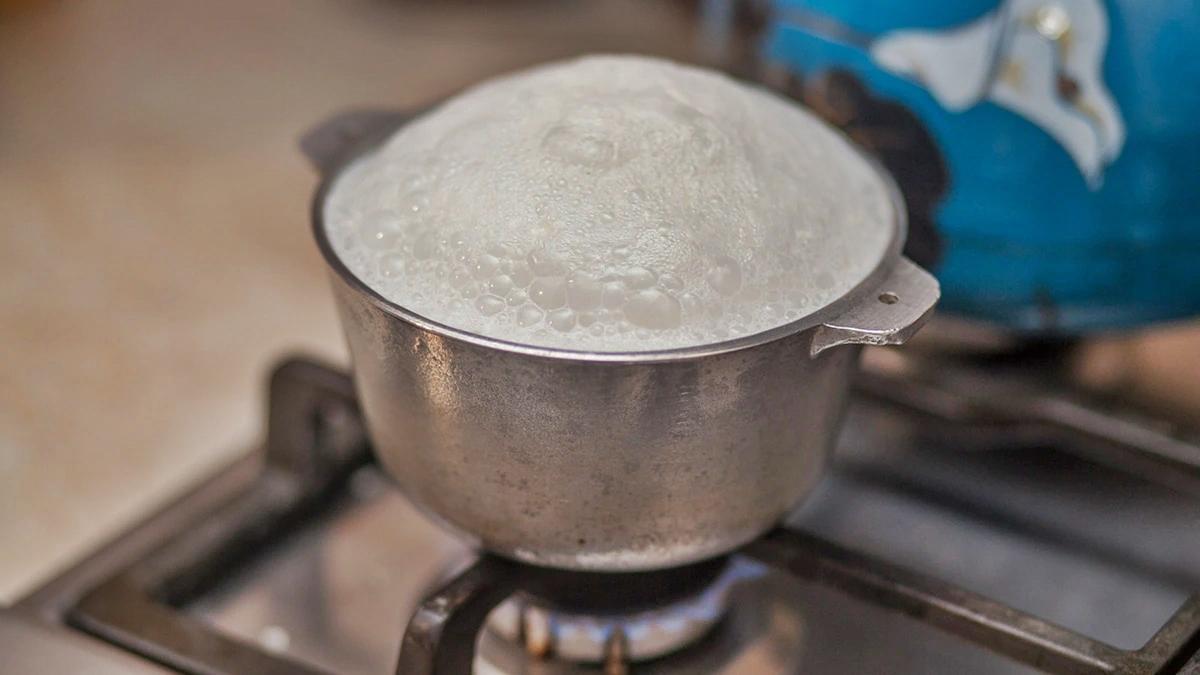
Before pasteurization, milk caused numerous diseases including tuberculosis. In 1938, milk caused 25% of foodborne illnesses.
Today, milk accounts for only 1% of outbreaks. Of these, 70% are linked to raw milk consumption.
Raw Milk Can Cause Serious Health Issues
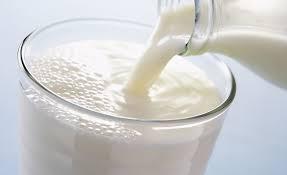
Raw milk can lead to severe infections and complications. Campylobacter infections may progress to Guillain-Barré syndrome.
Since 1987, 143 outbreaks linked to raw milk occurred. These resulted in miscarriages, kidney failures, and deaths.
Farm Cleanliness Cannot Guarantee Milk Safety
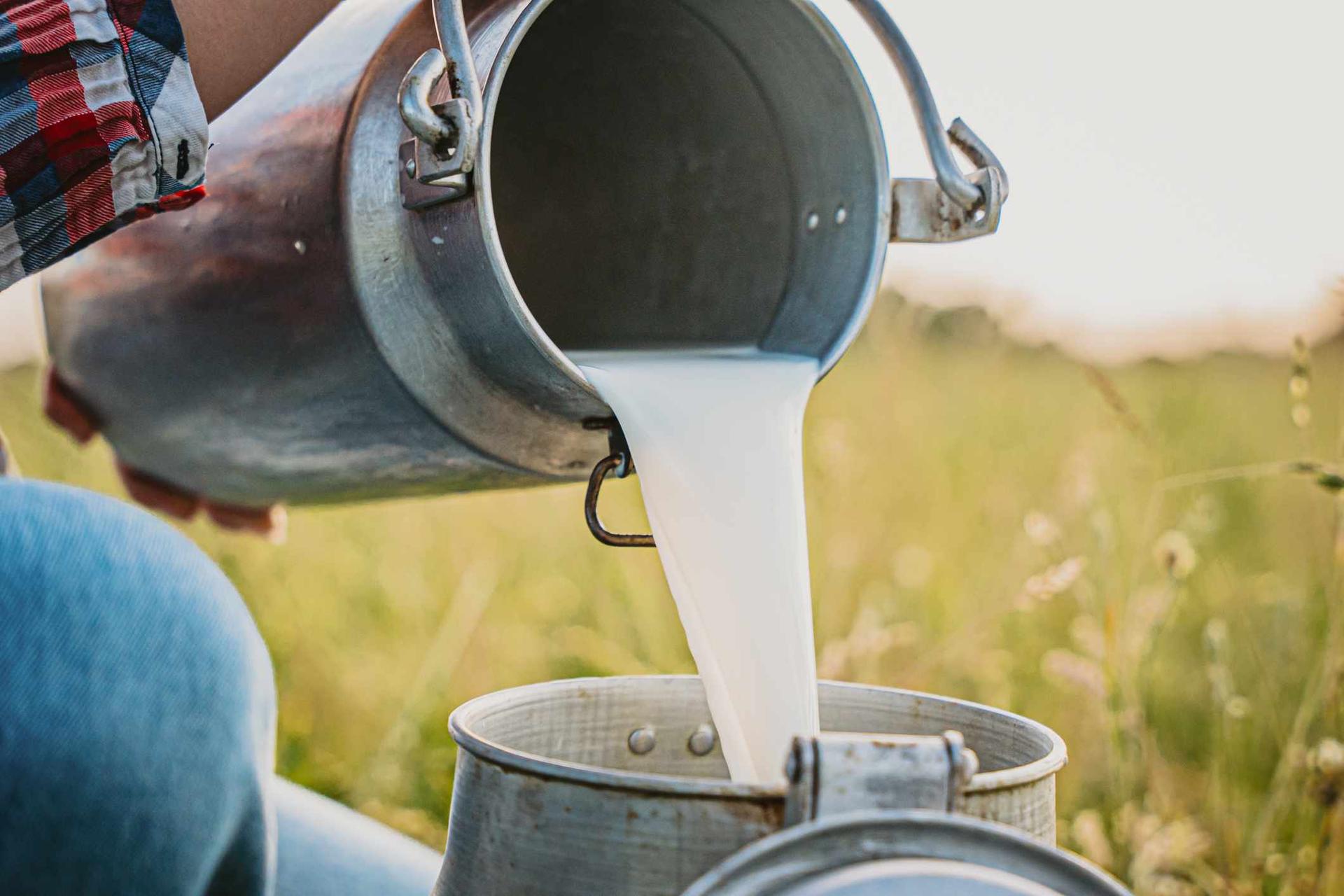
Even clean farms can’t fully control bacterial contamination. Harmful microorganisms naturally exist in dairy animals’ intestines.
Some states require antibiotics use and bacterial testing. Experts maintain pasteurization is the critical safety step.
Raw Milk Poses Higher Risk to Certain Groups
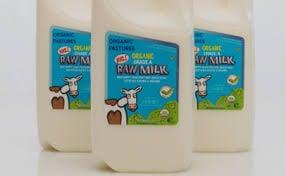
Children and immunocompromised individuals are particularly vulnerable. About 48% of raw milk illness victims are under 20.
City dwellers may lack immunity to raw milk pathogens. Experts advise against raw milk for these high-risk groups.
Pasteurization’s Effect on Milk Nutrition Debated

Major milk components remain intact after pasteurization. Whey protein denaturation may improve digestibility.
Vitamin reduction is minimal, around 10%. Experts argue raw milk’s probiotic benefits are questionable.

